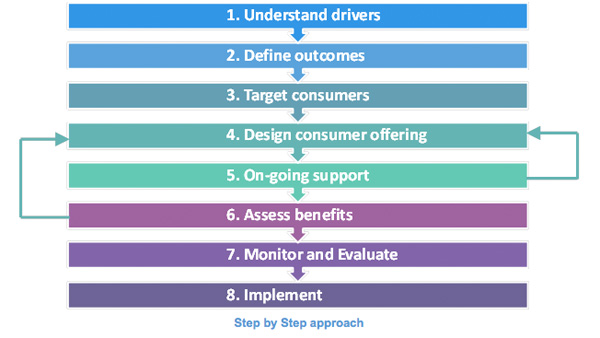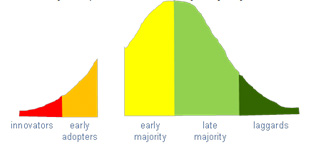
The current pace of change within the electricity supply industry worldwide is unprecedented. The wide ranging measures being implemented to reduce the emissions of greenhouse gas emissions, particularly the wide-scale deployment of time variable renewable generation, presents a number of challenges in relation to the balance of supply and demand. No longer is it considered viable for electricity to be provided ‘on demand’ in response to the requirements of end-users. Rather, a co-ordinated approach is required whereby energy production and demand are integrated to ensure the use of renewables can be optimised whilst also minimising the use fossil fired generation and network infrastructure investment. Such an approach is the essence of the Smart Grid concept.
Whilst there is considerable focus on the technological aspects of delivering Smart Grids, little is understood of the extent to which consumers are willing to embrace new technologies and initiatives that enable their use of energy to be actively managed. There is a real risk that if customers do not adopt new approaches to the way that they consume electricity, Smart Grids may not be able to achieve their full potential
Therefore, this Task was set up to focus on investigating the role of consumers in delivering effective Smart Grids.
The results of the project have been collated to provide general guidance on how Smart Grid initiatives should be designed in order to make them more attractive to consumers.
The guidance document is written in the form of ‘step-by-step’ approach to implementing Smart Grid related initiatives that involve energy behaviour change. The step-by-step approach, which is described in Table 1, has been designed to ensure that all elements of the energy behavioural model (shown in Figure 3) are addressed in the design of the Smart Grid initiative. The guidance is intended for
The guidance focusses specifically on the design of Smart Grid initiatives from the perspective of the consumers themselves.
The figure below provides a high level overview of the step by step approach.

If any one of the steps is omitted, there is a risk that the initiative will not deliver benefits to the energy system as a whole and/or will not be adopted by consumers.
The top five findings from Task 23 are:

Early adopters (see illustration) see new technology as a way to “beat the herd” and reap the advantages of the new technology/practice before it becomes common practice. The early majority, however, are hesitant to new technology, and choose to sit on the fence until it is proven.
Netherlands, Norway, Republic of Korea, Sweden and United Kingdom
Task duration: 2012 – 2014
| Country | Role | Name | |
|---|---|---|---|
| United Kingdom | Operating Agent | Linda Hull | |
| Netherlands | National Expert | Yvonne Boerakker | |
| Norway | National Expert | Even Bjørnstad | |
| Republic of Korea | National Expert | Yoeung-Jin Chae | |
| Sweden | National Expert | Magnus Brolin | |
| United Kingdom | National Expert | Ducan Yellen |
Task 23 – Final Report: Smart Grid Implementation: How to engage consumers – June 2014
Task 23 – International report: The Impact of Electricity Markets on Consumers – January 2012
Task 23 – Interaction between Customers and Smart Grid Related Initiatives – November 2013